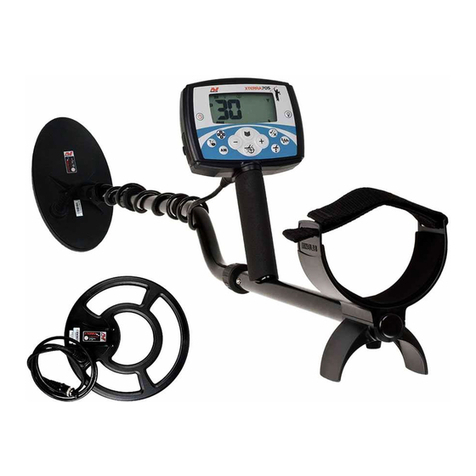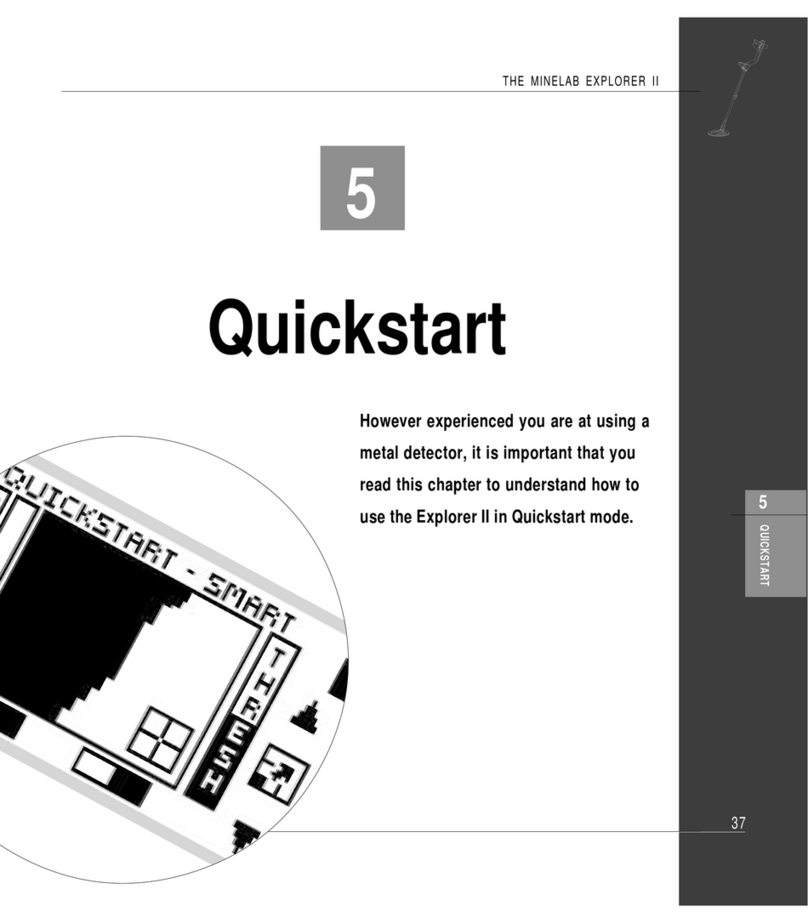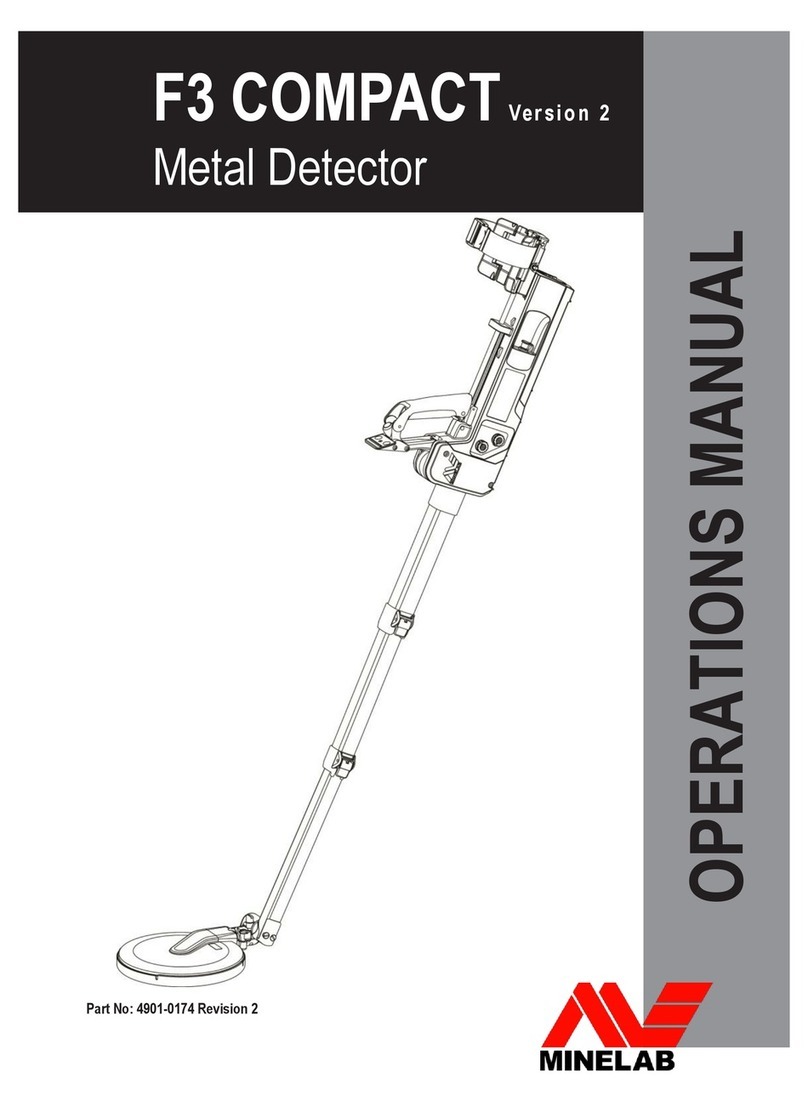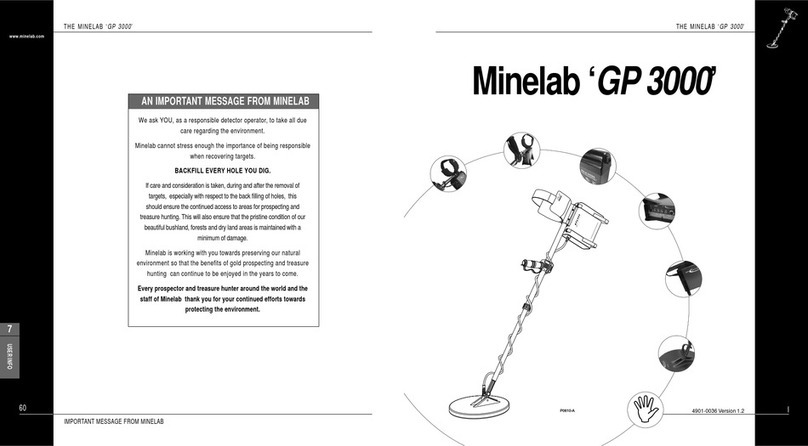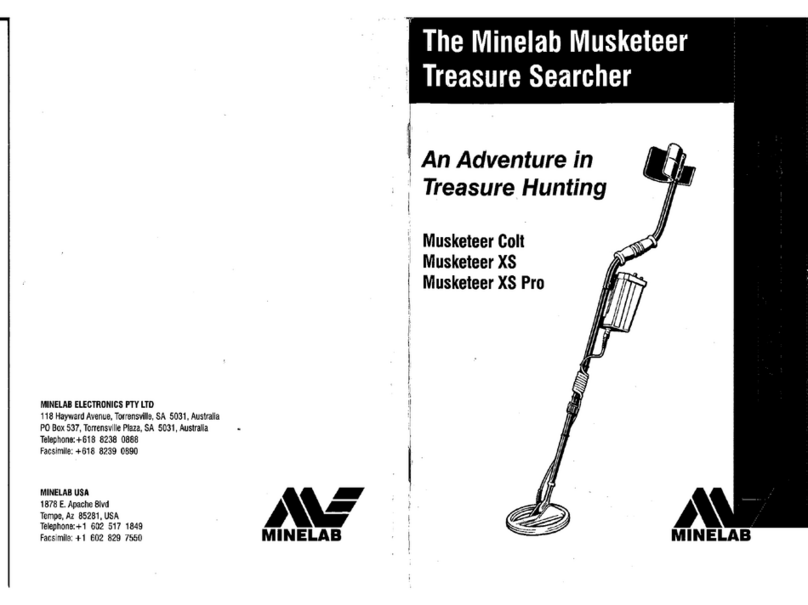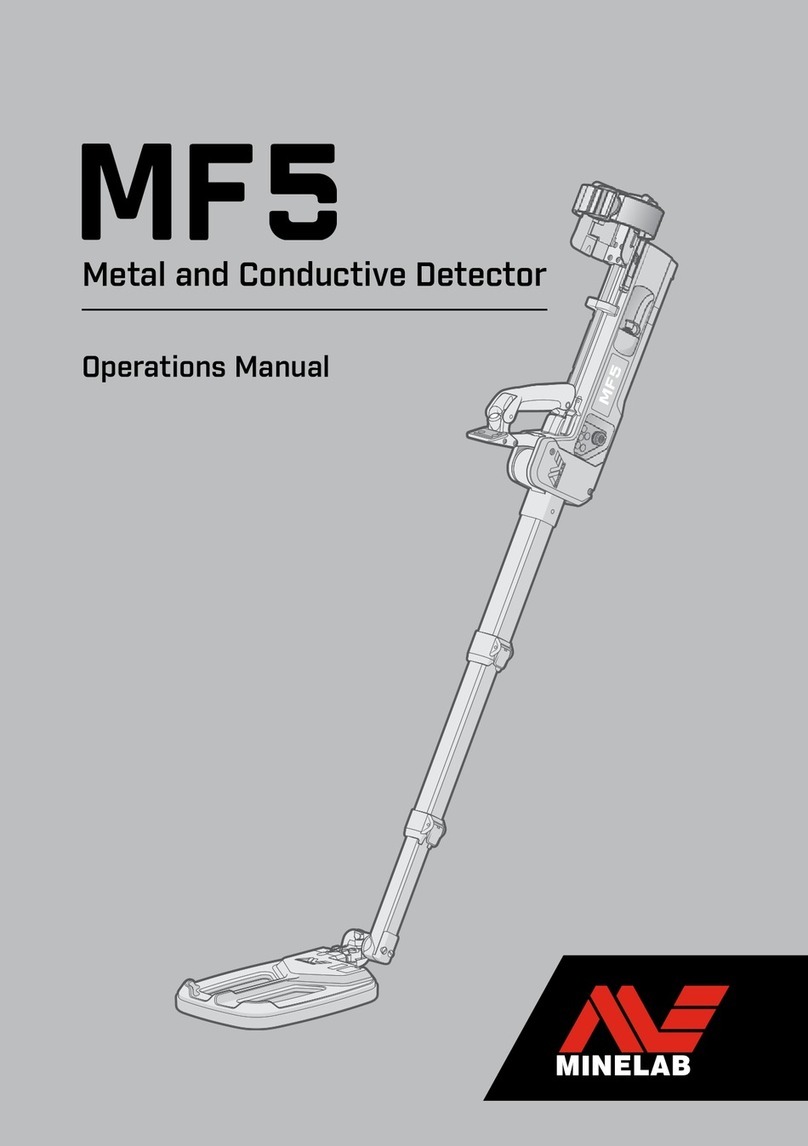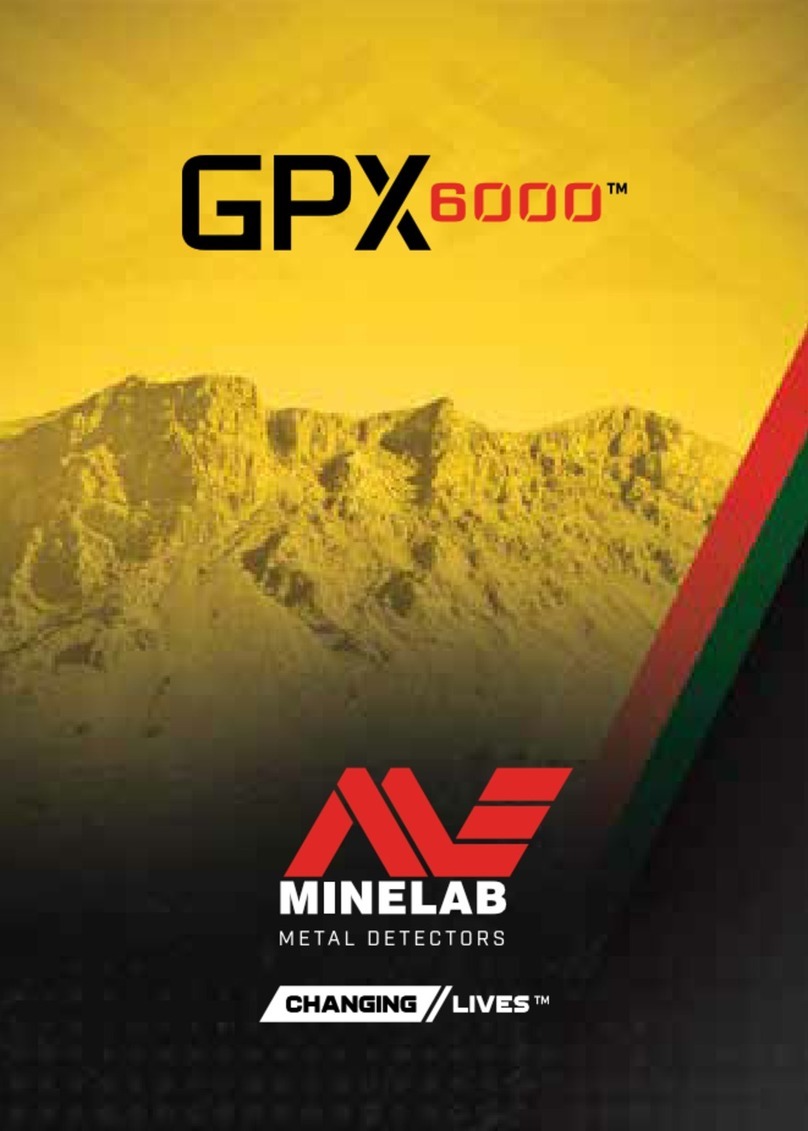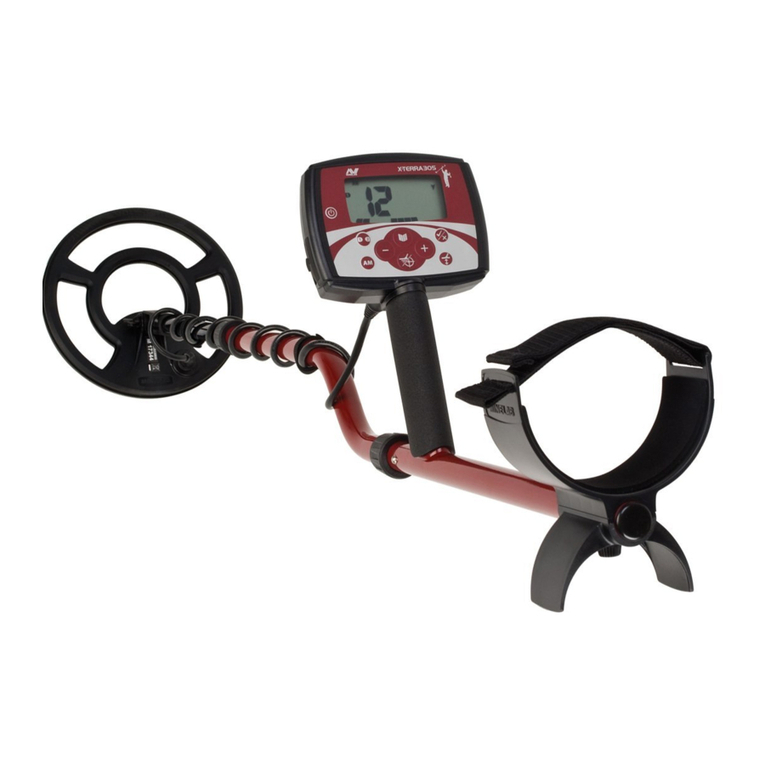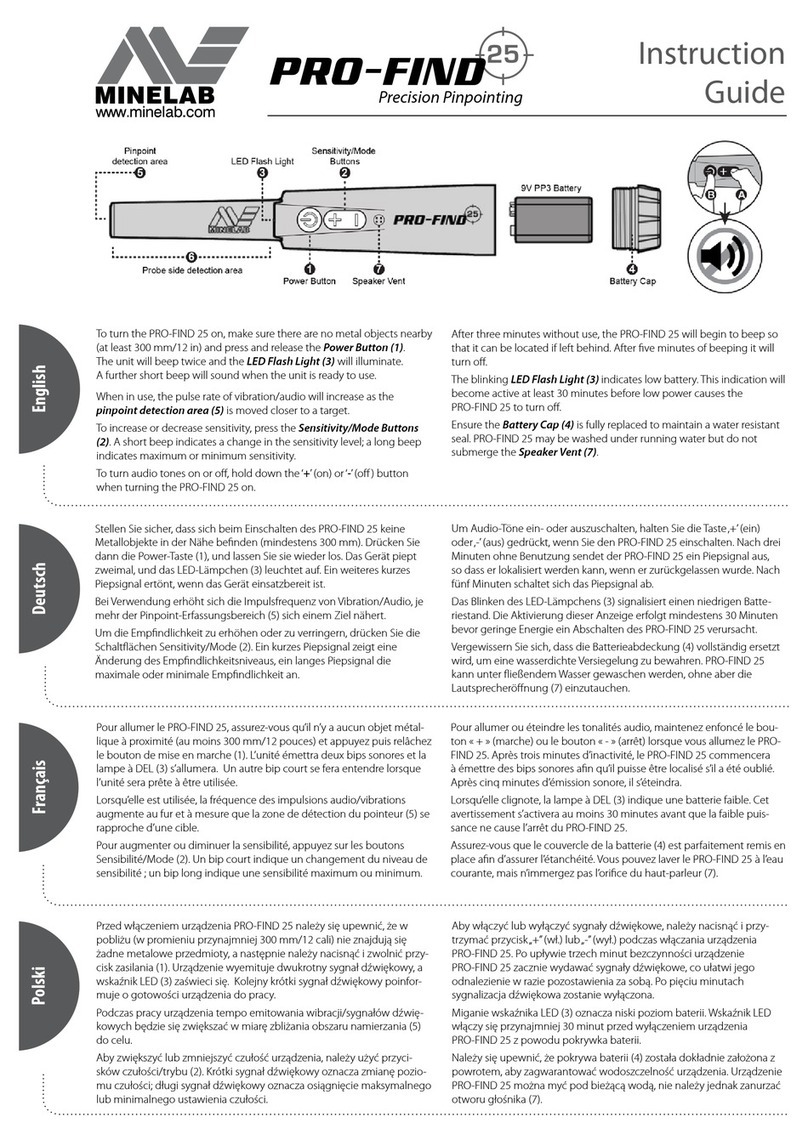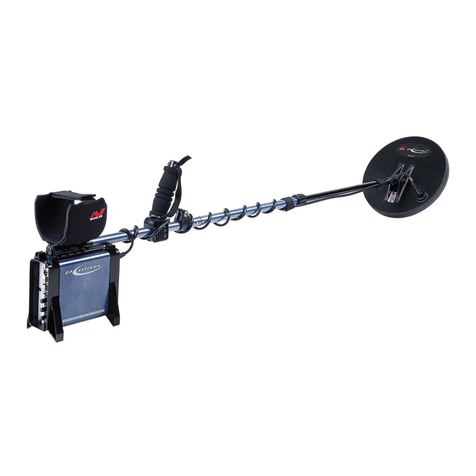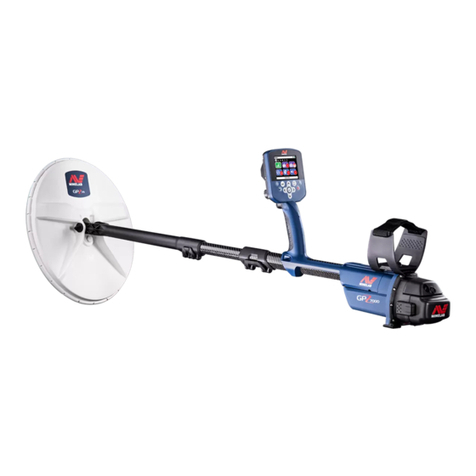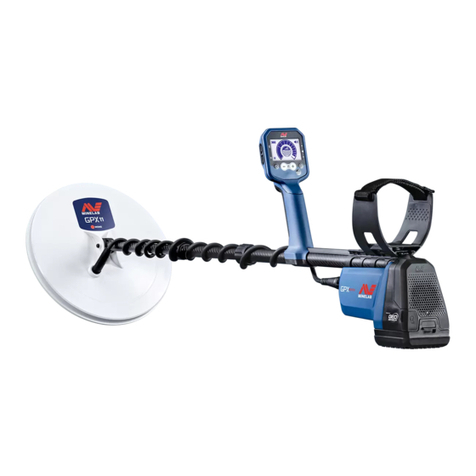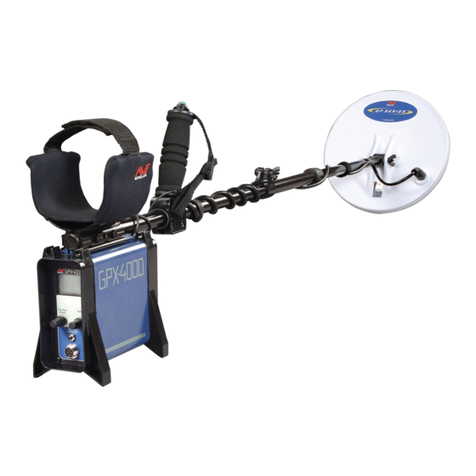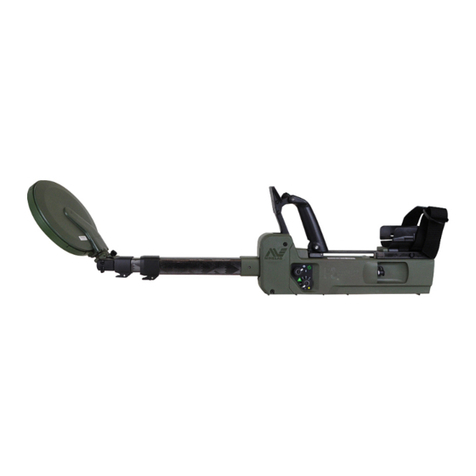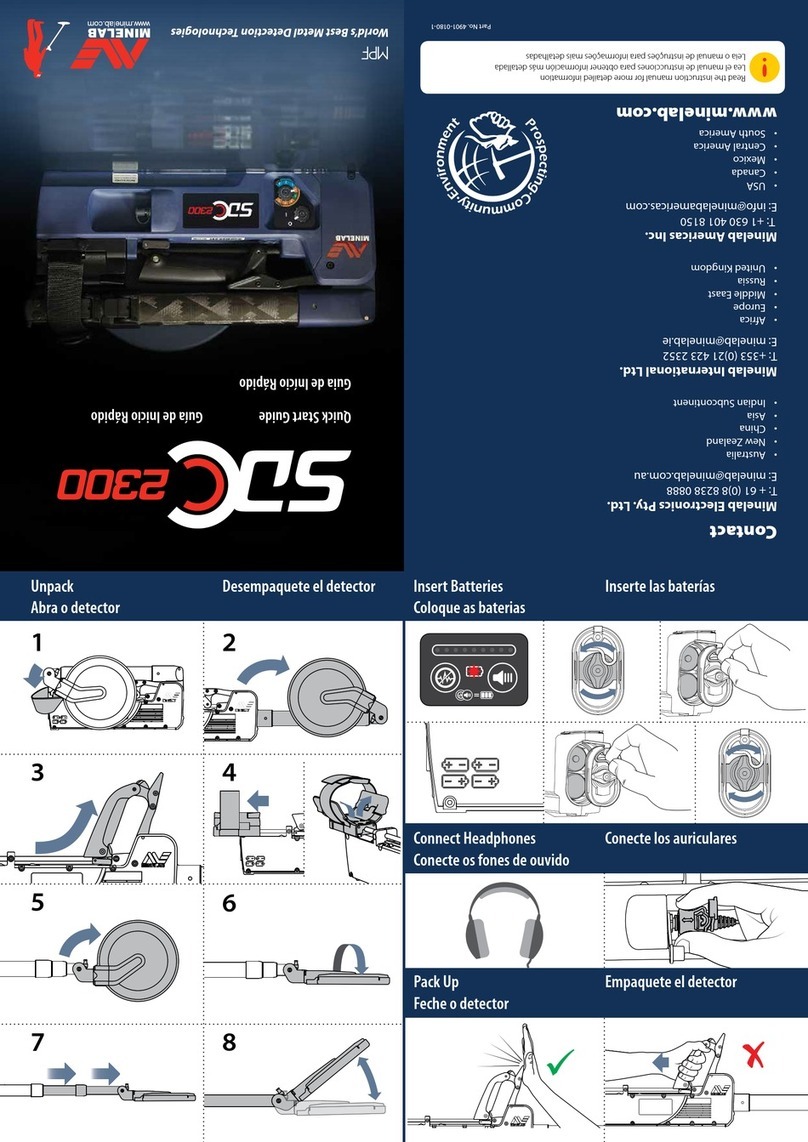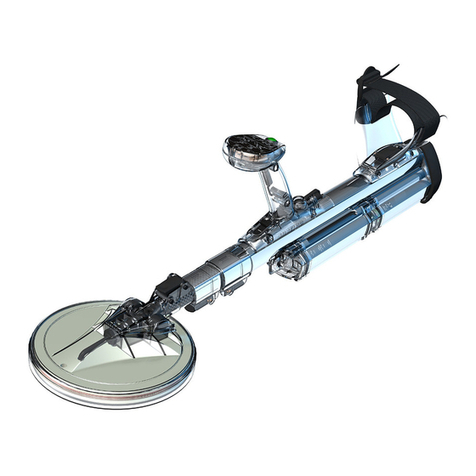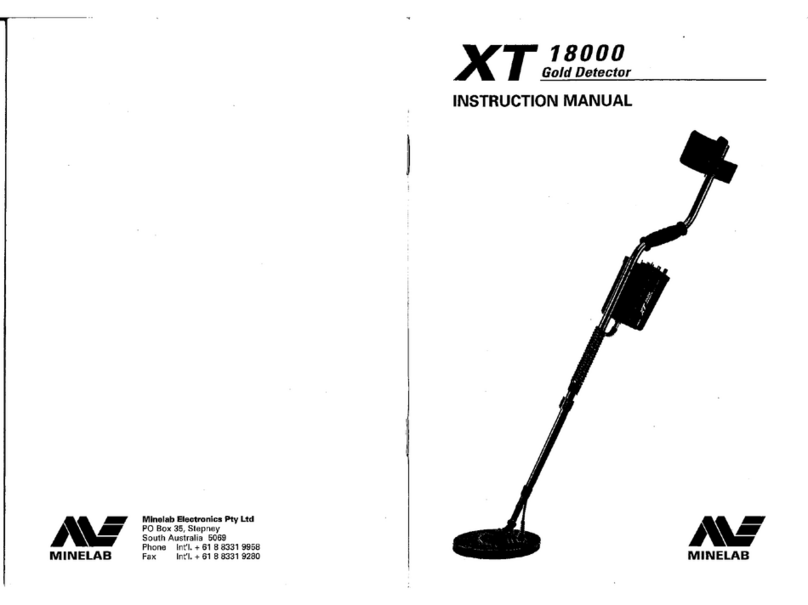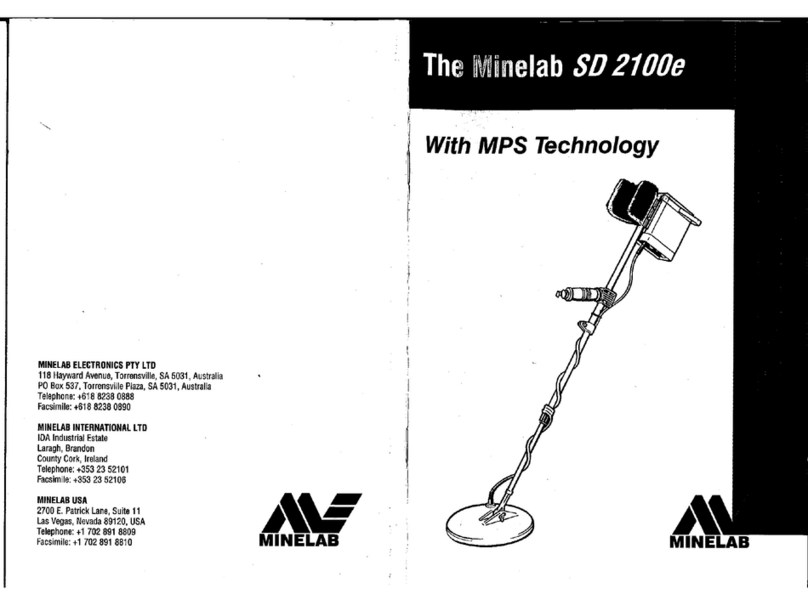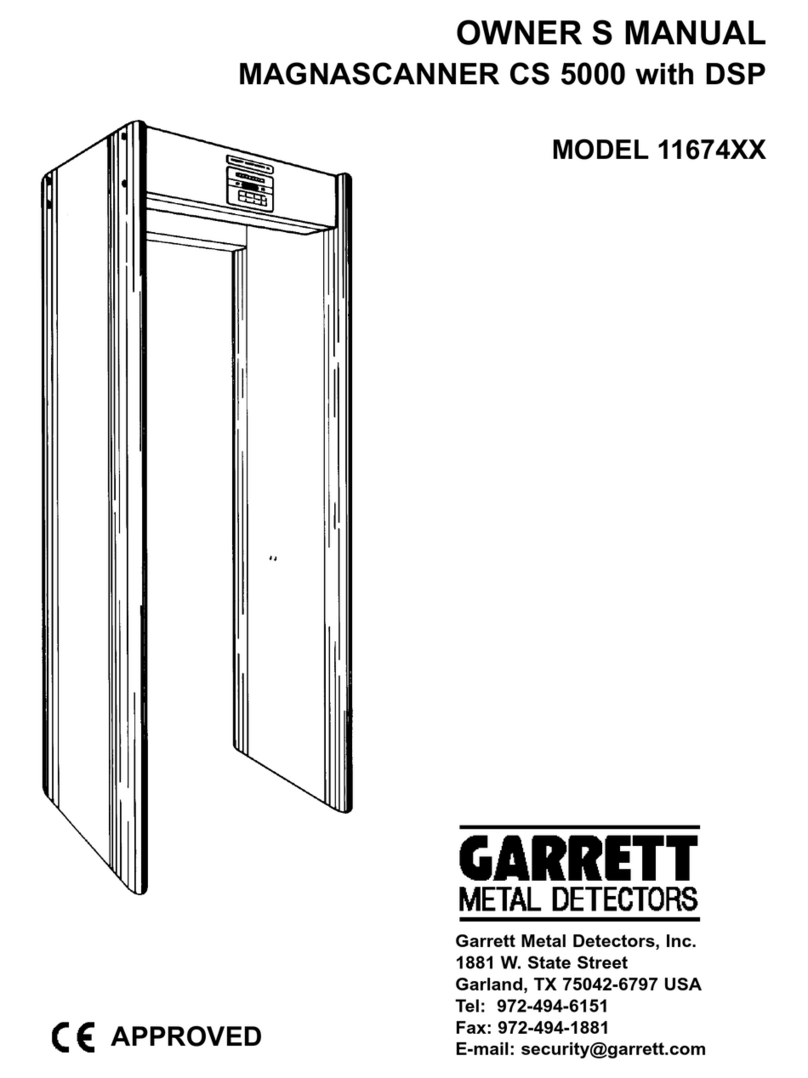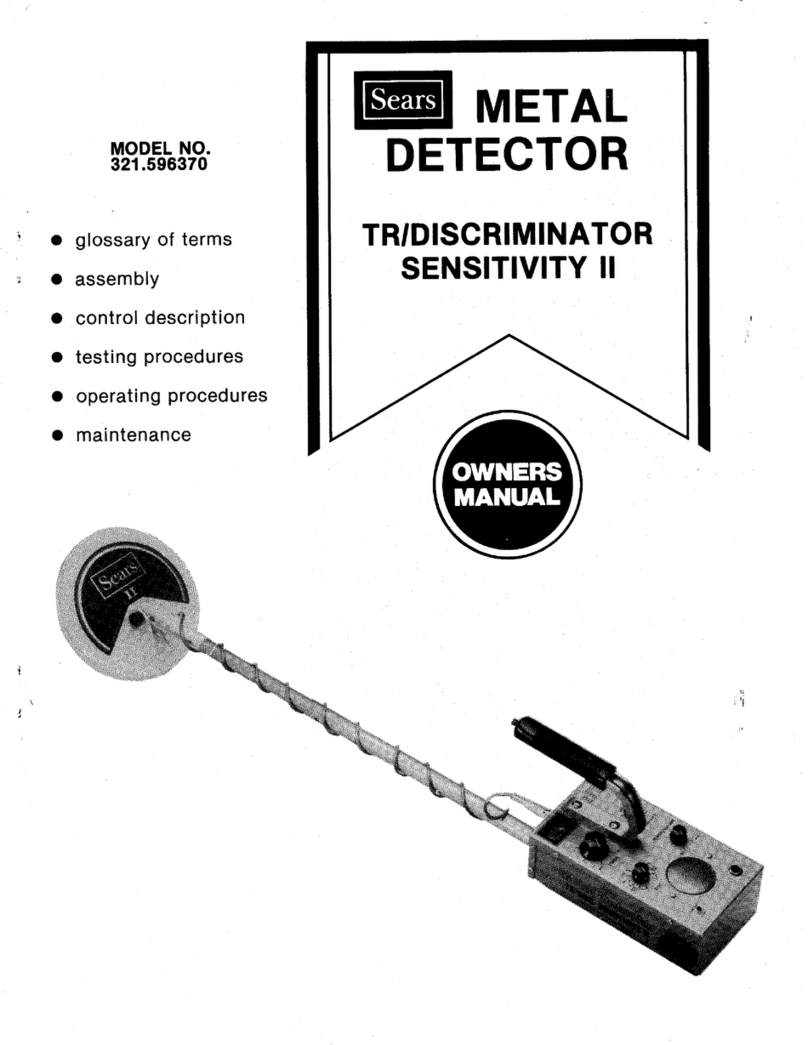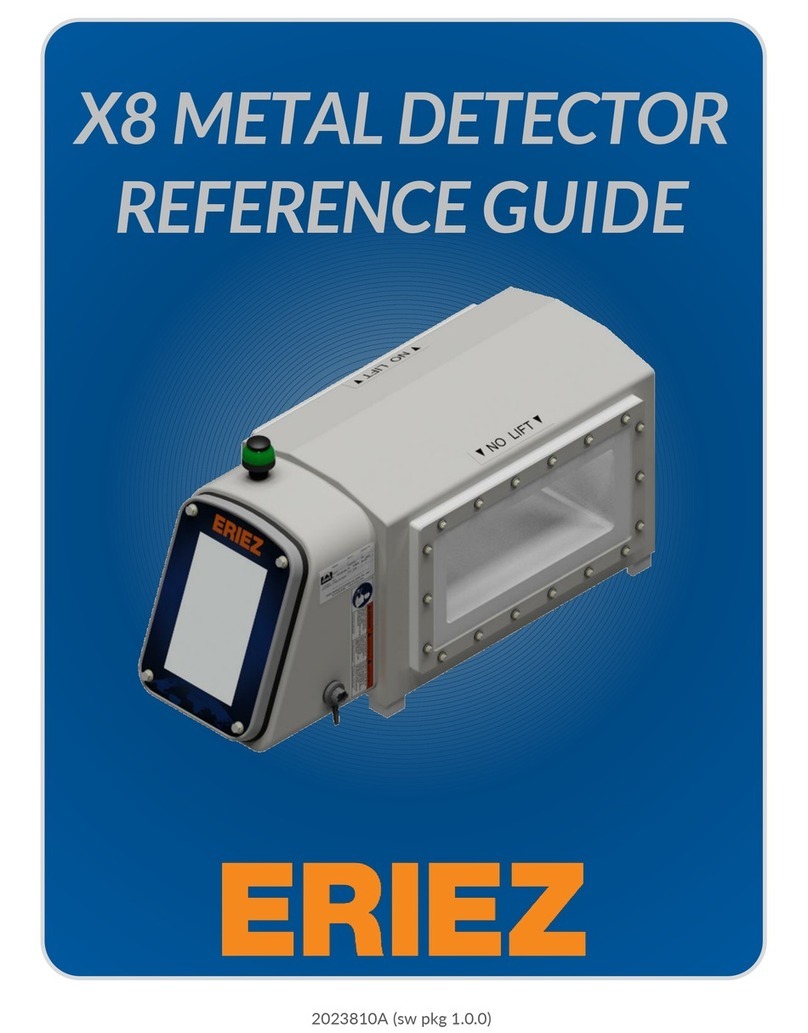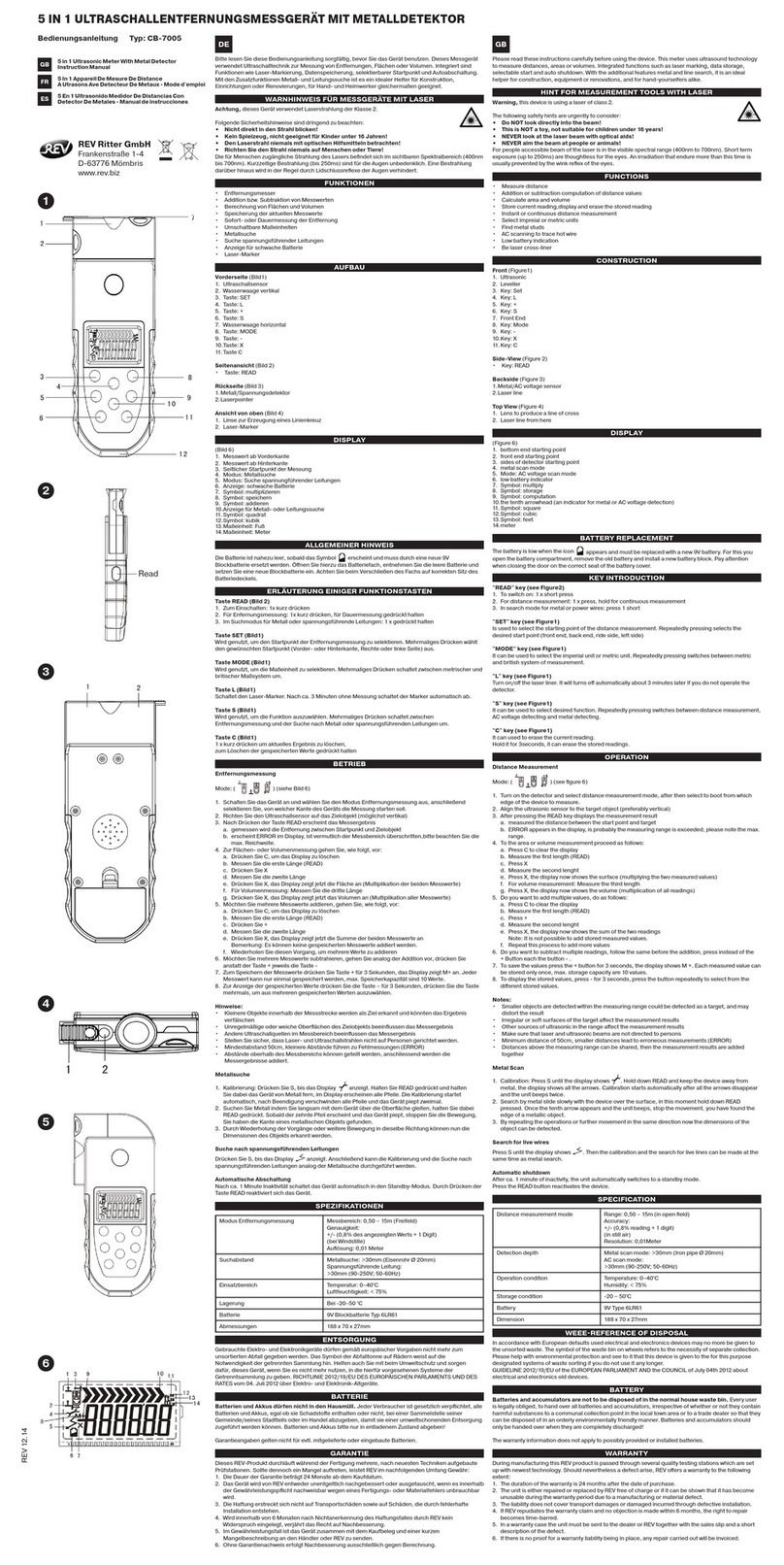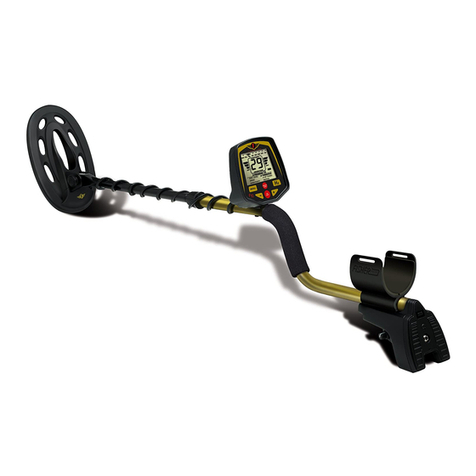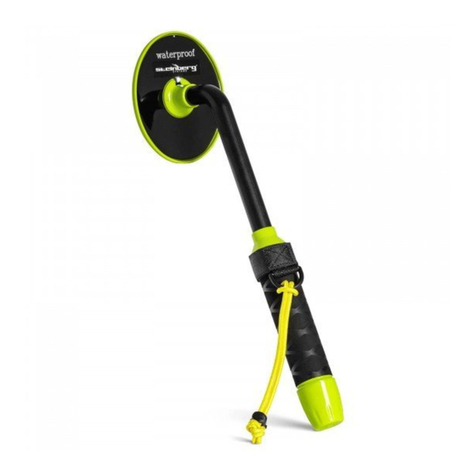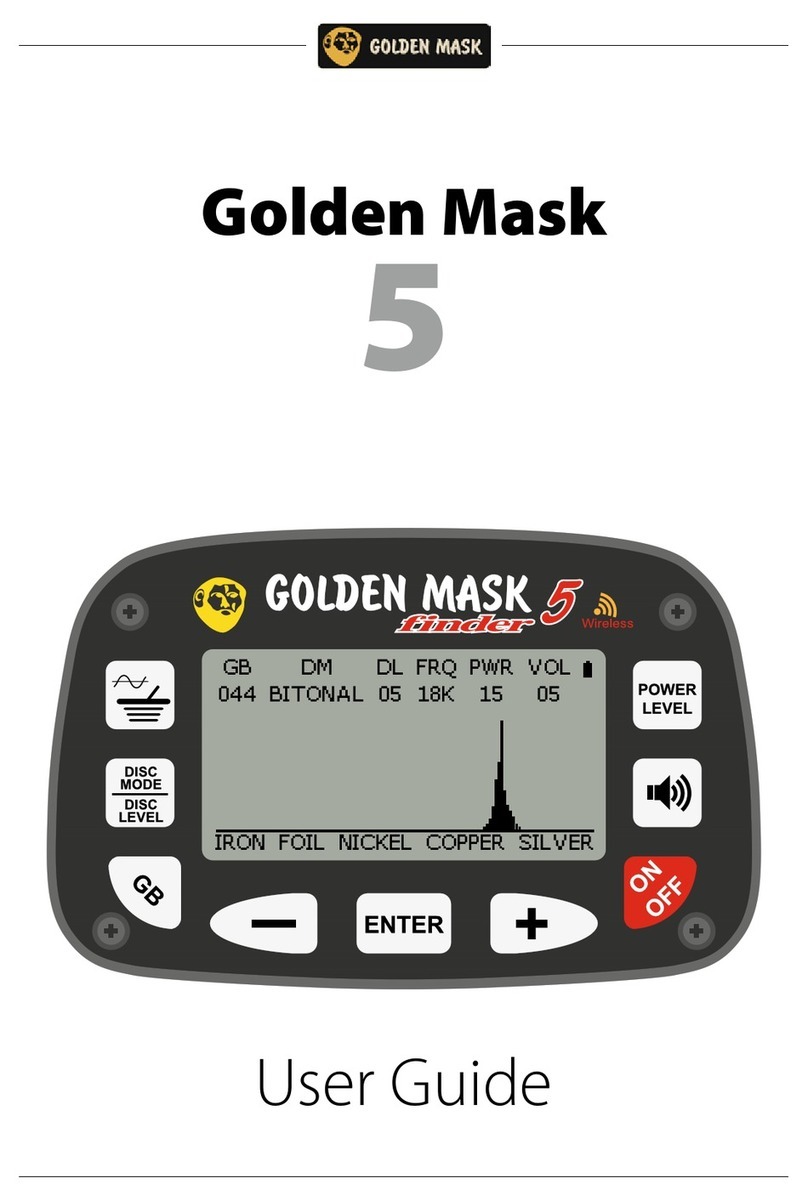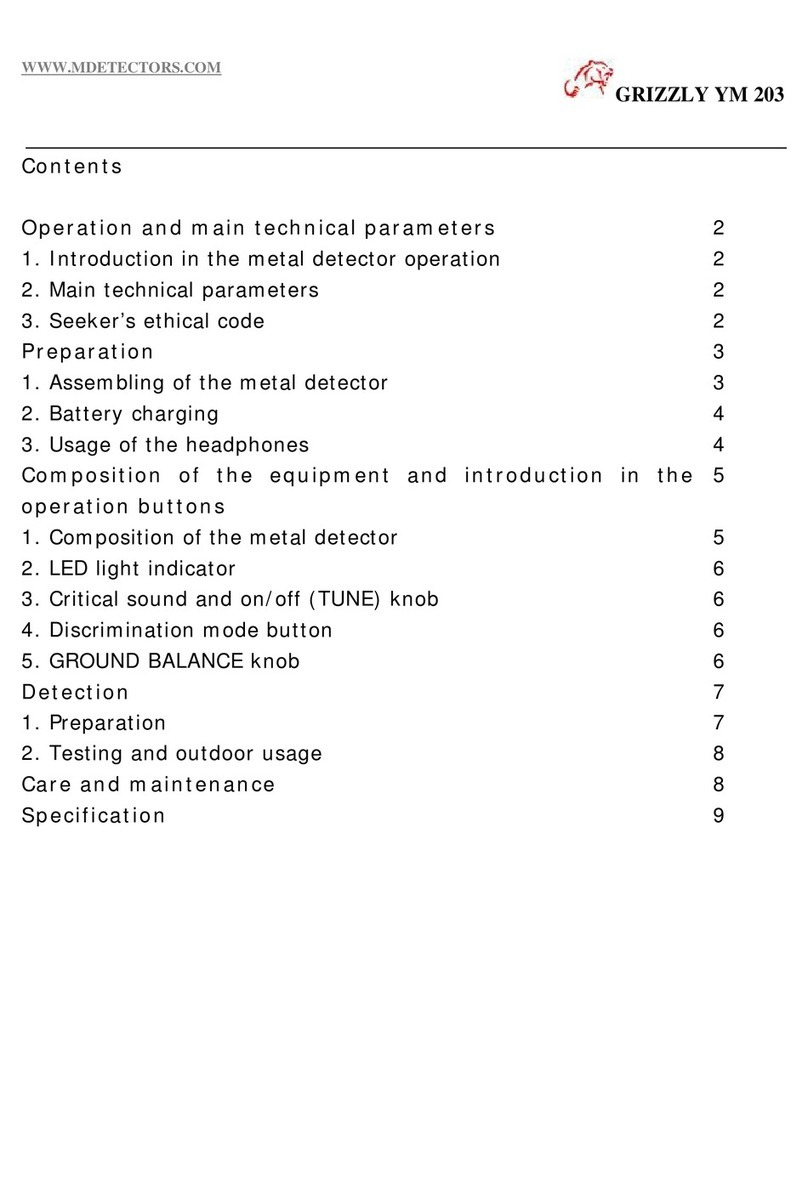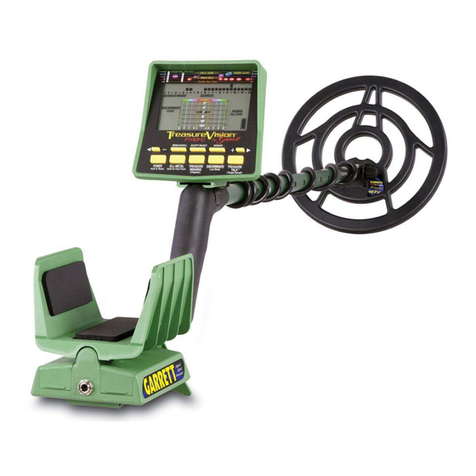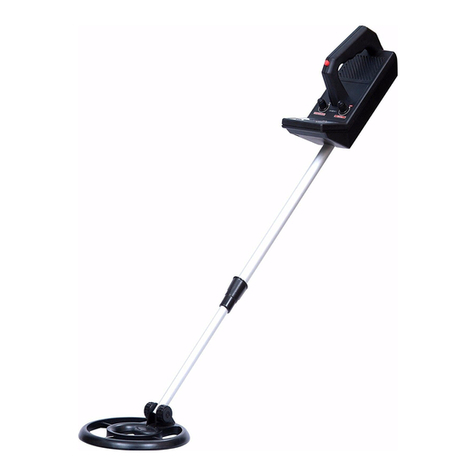The World Leader in Metal Sensing Technology
From our origins in 1985, Minelab have specialised in
advanced electronics technologies. Our competitive
advantage was created almost immediately with a highly
competent and innovative Research and Development
team, inspired by the genius of Mr. Bruce Candy.
This commitment to innovation has enabled us to
successfully market feature-packed Consumer coin and
treasure detectors enjoyed by hobbyists worldwide as well
as high quality gold detectors used by both professionals
and amateurs. Minelab’s advanced technology is also
incorporated in detection equipment designed for military
and humanitarian de-mining projects throughout the world.
Today Minelab has manufacturing, distribution and
customer service operations in Australia, Europe
and the United States, and is an ISO 9001 Quality Endorsed
Company. ISO 9001 is a worldwide quality standard
certification that ensures the highest level of product
quality for our customers.
For further product information
and detecting tips, refer to:
Operation is subject to the following two
conditions: (1) this device may not cause
harmful interference, and (2) this device
must accept any interference received,
including interference that may cause
undesired operation.
Item Number: 4901 - 0055
Revision: 1.1
Please note:
Since there may be a variety of options
available for this detector, equipment
may vary according to the model or
items ordered with your detector. Certain
descriptions and illustrations may also
differ (in this manual) from the exact model
that you purchased. In addition, Minelab
reserves the right to respond to ongoing
technical progress by introducing changes
in design, equipment and technical
features at any time.
For Consumers within the European Union:
Do not dispose of this equipment in general
household waste.
The crossed out wheeled bin indicated
on this equipment is an indicator that
this unit should not be disposed of in
general household waste, but recycled
in compliance with local government
regulations or environmental requirements.
Please dispose of this equipment via a
recycling service or centre, or by returning
the unit to the respective Minelab or Halcro
outlet as appropriate for your unit. This will
enable the equipment to be disposed of
in an environmentally safe manner.
Disposal of unwanted electronic equipment
in landfilled waste may contribute to
adverse long term environmental effect
due to the leaching of contaminating and
toxic substances contained within some
electronic equipment.
Working for a Cleaner,
Greener Future
THIS DEVICE COMPLIES WITH
PART 15 OF THE FCC RULES
Disclaimer: The Minelab metal detector
discussed in this operating manual has been
expressly designed and manufactured as
a quality hobbyist metal detector and is
recommended for use in coin, treasure and
general metal detection in non-hazardous
environments. This metal detector has not
been designed for use as a mine detector or
as a live munitions detection tool.
Please return the
tear off section
of your warranty
card to Minelab
as soon as possible.
